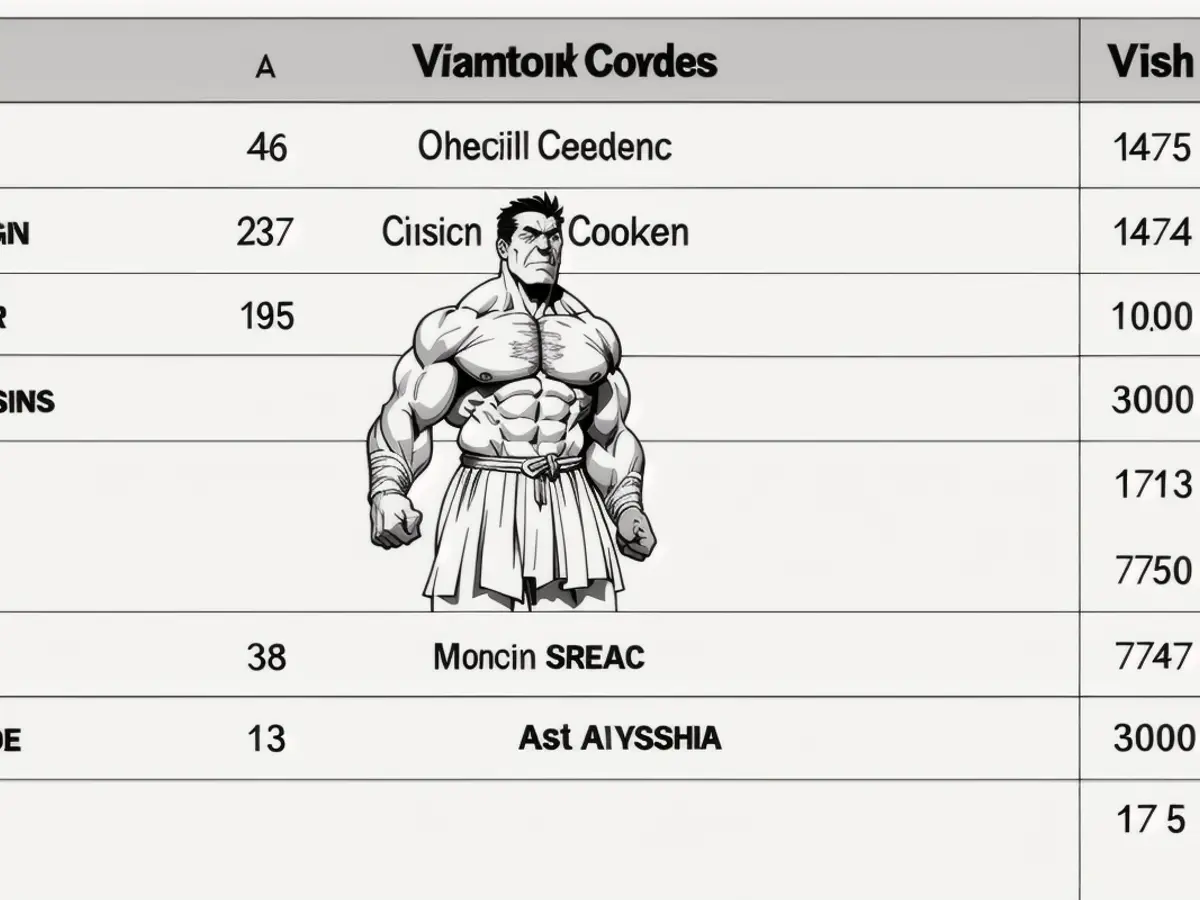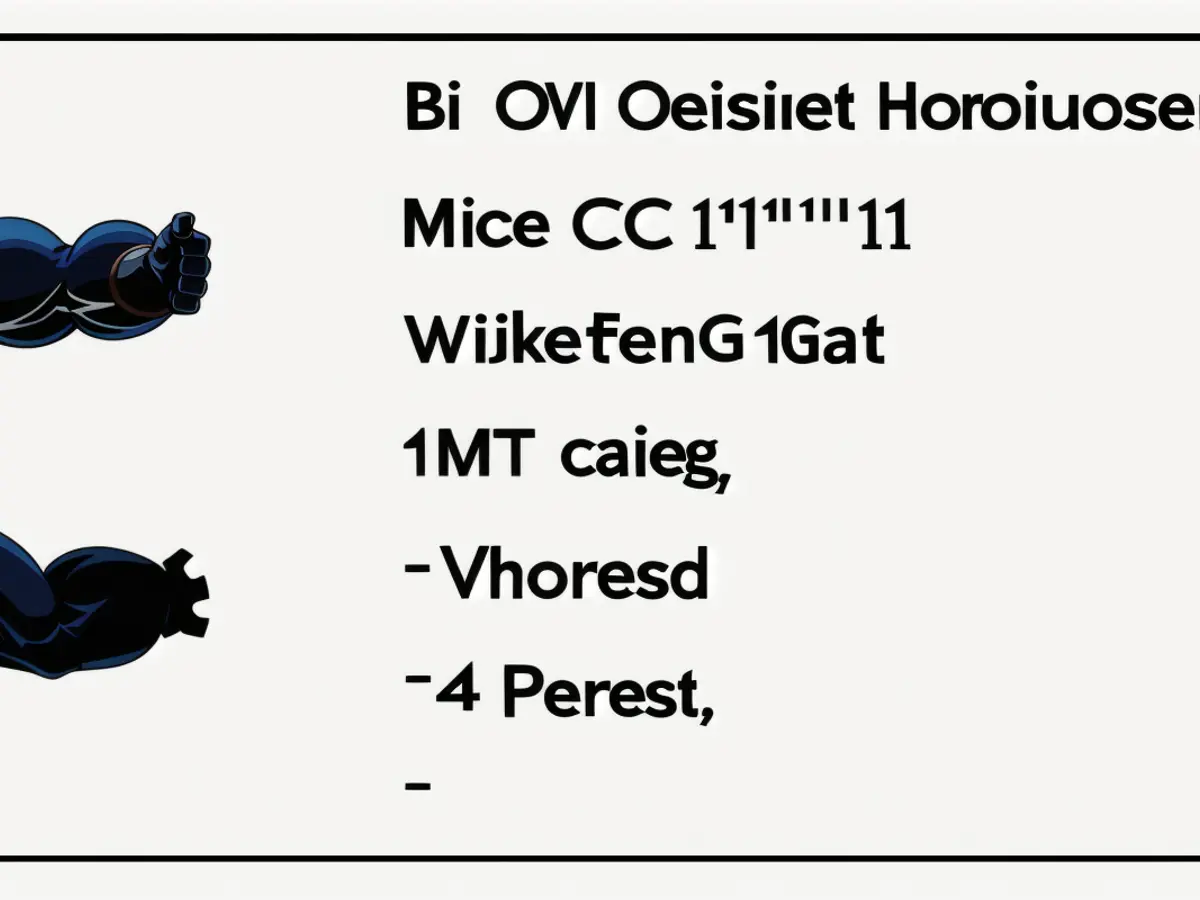GETTING REAL ABOUT CUSTOMER ACQUISITION COSTS IN FINTECH
Banks and Fintechs' True Customer Acquisition Cost Expenses Uncovered
The almighty customer acquisition cost (CAC) - the bane of CMOs, CFOs, and CEOs alike, keeping them awake nights, grumbling over marketing spend, and demanding faster growth. But pinpointing the exact CAC in fintech and banking sectors? A Herculean task, that's for sure. A new study, though, takes the guesswork out with the 2025 Cost Per Acquisition Benchmarking Guide for Financial Services. Let's cut the crap and discuss why your CAC is high (and how to reduce it before you face the music).
What Drives the Customer Acquisition Cost?
The key factors that determine your CAC are surprisingly straightforward:
- Product: From simple checking accounts to complex loans and investments, the complexity of your product determines your CAC.
- Brand: A well-established brand with a solid reputation means lower CAC.
- Channels: Paid search, social media, email, SEO, affiliate marketing - each channel comes with its own costs and benefits regarding CAC.
- Conversion Events: Your measurement of conversions makes a huge difference. A deeper funnel can lead to higher CAC and better customer quality.
- Market Forces: External factors such as rising interest rates, competitor spend, and regulatory changes significantly impact CAC.
Customer Acquisition Cost Benchmarks
Are you overspending on customers? Fintel Connect provides some solid, realistic CAC benchmarks for the U.S. banking and fintech sector:
Shaking Up Customer Acquisition Costs
Got unpredictability on your mind? Three wildcards are shaking up banks' and fintechs' CAC:
- AI-driven targeting: AI can either lower or increase CAC, depending on how wisely it's used.
- Data privacy regulations: Changes affecting third-party cookies can lead to data collection headaches.
- Incentive inflation: Richer offers, like cash bonuses and better rates, can attract customers at a higher cost in the short term but could pay off in the long run.
Affiliate Marketing: The Unsung Hero of Acquisition
Affiliate marketing flies under the radar, but it's a powerhouse for acquisition due to:

- Performance-based: Pay only for actual results;
- Scalable: Control volume by adjusting partner incentives;
- Predictable: Avoid bidding wars in search ads.
But success hinges on:
- Quality partners: Working with reputable partners is crucial;
- Real conversion data: Sharing actual conversion data with partners is key;
- Commissions: Structuring commissions to reward high-value customers.
Crafting a Lower CAC Strategy
Fintel Connect offers tips to reduce your CAC:
1) Simplify the conversion path: Fewer clicks mean fewer drop-offs;
2) Optimize payouts: Reward partners for funding high-value, qualified customers;
3) Master seasonality: Leverage spring for mortgages and holidays for credit cards;
4) Experiment with affiliate mixes: Mix up partners, big and small, to find what works best;
Looking Ahead: The Future of Customer Acquisition Cost
It's not about throwing money at obstacles; it's about spending smarter. Brands that succeed in 2025 won't be the ones with the biggest budgets - they'll be the ones who embrace CAC as a strategic weapon. You can find Fintel Connect's report here.
- Fintechs and banks need to understand the factors driving their customer acquisition cost (CAC), as it can significantly impact growth and profitability. These factors include product complexity, brand reputation, marketing channels, conversion events, and market forces.
- The 2025 Cost Per Acquisition Benchmarking Guide for Financial Services provides a useful resource for fintechs and banks to benchmark their CAC against industry averages, helping them identify areas for improvement.
- To reduce CAC, fintechs and banks can consider affiliate marketing, which offers a performance-based, scalable, and predictable approach to customer acquisition. Success in affiliate marketing requires quality partners, sharing of conversion data, and structuring commissions to reward high-value customers.








